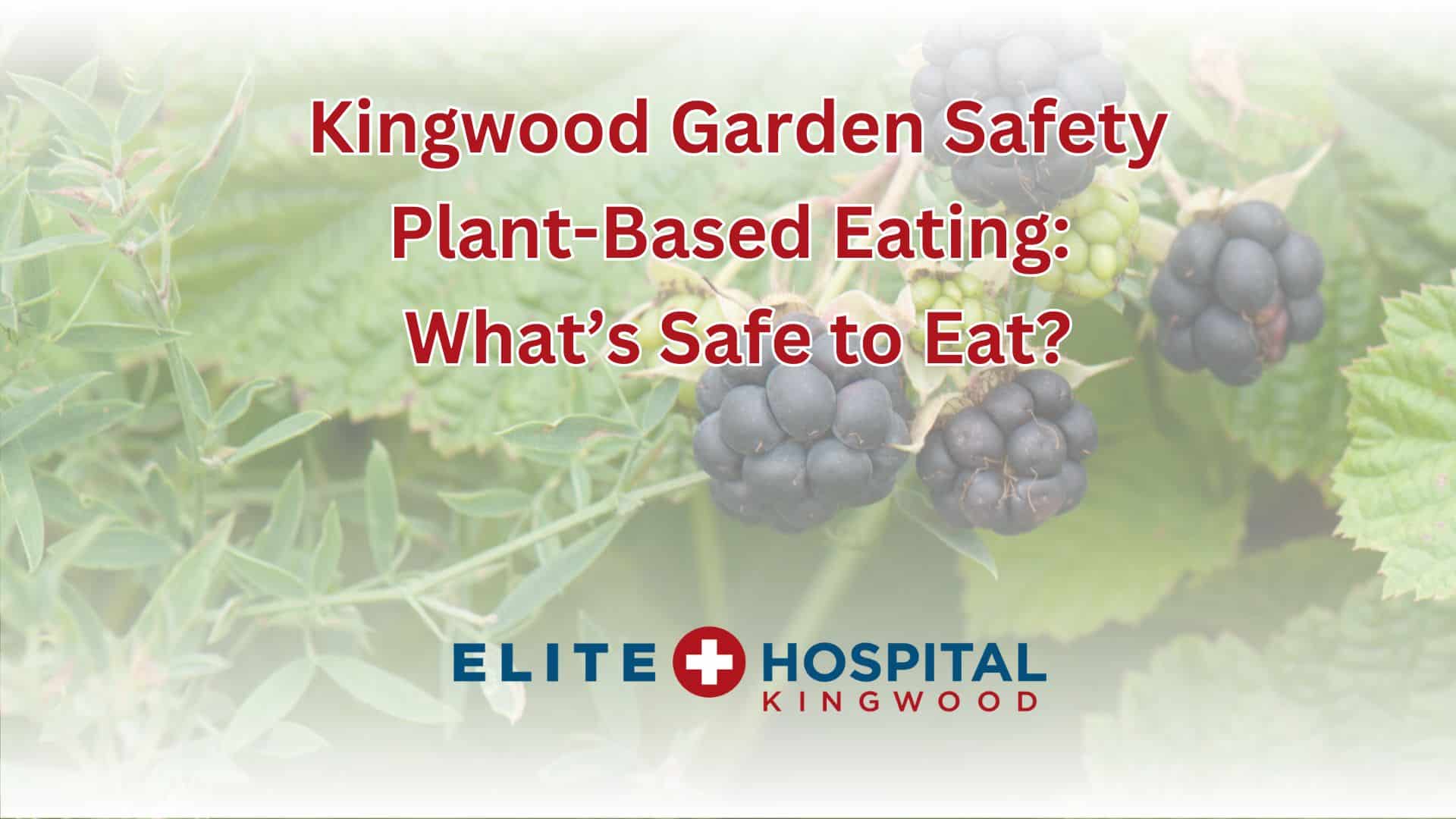
Garden Safety is important as the movement towards eating clean and locally sourced food gains momentum, residents of Kingwood, Texas, have a fantastic opportunity to explore the native edible plants that thrive in their local environment. The Lady Bird Johnson Wildflower Center in Austin offers an insightful display of these plants, making it an excellent day trip for anyone from the Kingwood area interested in learning more. Understanding which plants are safe to consume and which are not is crucial, given the existence of toxic look-alikes. Here, we delve into some native Texas plants that are safe to eat, as well as those that should be avoided, ensuring that your foraging adventures are both enjoyable and safe.
Kingwood Safe Edible Plants
The following list includes ten native Texas plants that are generally safe to eat. Remember, accurate identification is essential, so consider consulting with an experienced forager or botanist.
1. Prickly Pear Cactus (Opuntia spp.)
Prickly Pear Cactus is a versatile plant with edible pads (nopales) and fruits (tunas). The pads can be cooked and used in salads, tacos, and soups, while the fruits can be eaten raw or made into jams and jellies.
2. Agarita (Mahonia trifoliolata)
Agarita produces bright red berries that are tart and can be used in making jellies and wines. The leaves and stems are not edible, so only the berries should be consumed.
3. Wild Onion (Allium drummondii)
Wild Onion, identifiable by its distinct onion smell, can be used similarly to domestic onions. Both the bulbs and the green tops are edible and can enhance the flavor of many dishes.
4. Texas Persimmon (Diospyros texana)
Texas Persimmon bears small, sweet fruits that turn black when ripe. These fruits can be eaten fresh or used in baking and preserves.
5. Sassafras (Sassafras albidum)
The young leaves of the Sassafras tree can be dried and ground into filé powder, a key ingredient in gumbo. The roots can also be used to make a traditional tea, although moderation is advised due to potential health concerns with overconsumption.
6. Lamb’s Quarters (Chenopodium album)
Lamb’s Quarters, often considered a weed, is highly nutritious. The young leaves can be eaten raw or cooked like spinach, providing a rich source of vitamins and minerals.
7. Wild Grapes (Vitis spp.)
Several species of wild grapes grow in Texas. These can be eaten fresh, juiced, or made into wine and preserves. Be sure to correctly identify them as some look-alikes are not edible.
8. Mesquite (Prosopis spp.)
Mesquite pods can be ground into a sweet, nutty flour that is gluten-free and high in protein. This flour can be used in baking or as a seasoning.
9. Purslane (Portulaca oleracea)
Purslane is a succulent with a slightly sour and salty taste. It is rich in omega-3 fatty acids and can be added to salads, soups, and stews.
10. Tepary Bean (Phaseolus acutifolius)
Tepary Beans are drought-resistant and can be cooked like other beans. They are a great source of protein and can be used in soups, stews, and salads. (wildflower.org)
Texas Plants that are Unsafe to Eat
While foraging, it is equally important to recognize and avoid plants that are toxic. Here are five Texas plants that you should not eat:
1. Poison Ivy (Toxicodendron radicans)
Poison Ivy contains urushiol, which can cause severe skin irritation and allergic reactions. Ingesting this plant can lead to serious gastrointestinal issues.
2. Poison Oak (Toxicodendron pubescens)
Similar to Poison Ivy, Poison Oak contains urushiol and should be avoided. It can cause skin irritation upon contact and is harmful if ingested.
3. Jimsonweed (Datura stramonium)
Jimsonweed is highly toxic and can cause hallucinations, seizures, and even death if consumed. It is characterized by its large, trumpet-shaped flowers and spiny seed pods.
4. Texas Mountain Laurel (Sophora secundiflora)
Texas Mountain Laurel seeds contain cytisine, which is highly toxic. Ingestion can cause nausea, vomiting, and severe nervous system issues.
5. Buckeye (Aesculus spp.)
Buckeye seeds and leaves contain aesculin, which is poisonous. Symptoms of ingestion include muscle weakness, vomiting, diarrhea, and paralysis. (webpoisoncontrol.org)
What to Do When You Suspect Ingesting a Poisonous Plant
If you suspect that you or someone else has ingested a poisonous plant, immediate action is crucial:
1. Stay Calm: Keep the person calm and avoid inducing vomiting unless instructed by a medical professional.
2. Identify the Plant: Try to identify the plant and note its characteristics, as this information will be helpful to medical personnel.
3. Contact Poison Control: Call Poison Control at (1800) 222-1222 for immediate guidance. (Mender, 2016)
4. Seek Medical Attention: Head to the nearest hospital or emergency room. For Kingwood residents, Elite Hospital in Kingwood offers fast and high-quality emergency care.
Foraging for native edible plants in Kingwood, Texas, can be a rewarding experience, providing a source of fresh, local food. However, it is essential to be well-informed about the plants you encounter. By familiarizing yourself with safe and toxic plants, you can ensure a safe and enjoyable foraging adventure. The Lady Bird Johnson Wildflower Center is an excellent resource for learning more about Texas’s native plants, making it a valuable day trip destination. Always remember to seek expert advice when needed. Safe foraging!
Works Cited
wildflower.org. “Special Collections.” Lady Bird Johnson Wildflower Center – The University of Texas at Austin, www.wildflower.org/collections/collection.php?collection=centex_edible.
webpoisoncontrol.org. “WebPOISONCONTROL Triage.” webPOISONCONTROL Triage, triage.webpoisoncontrol.org/#!/exclusions.
Mender, Site. “Know Your Plants.” Texas Poison Center Network, 12 Aug. 2016, www.poisoncontrol.org/know-your-plants/#:~:text=Call%20the%20Poison%20Center%20even,not%20wait%20until%20symptoms%20appear.
